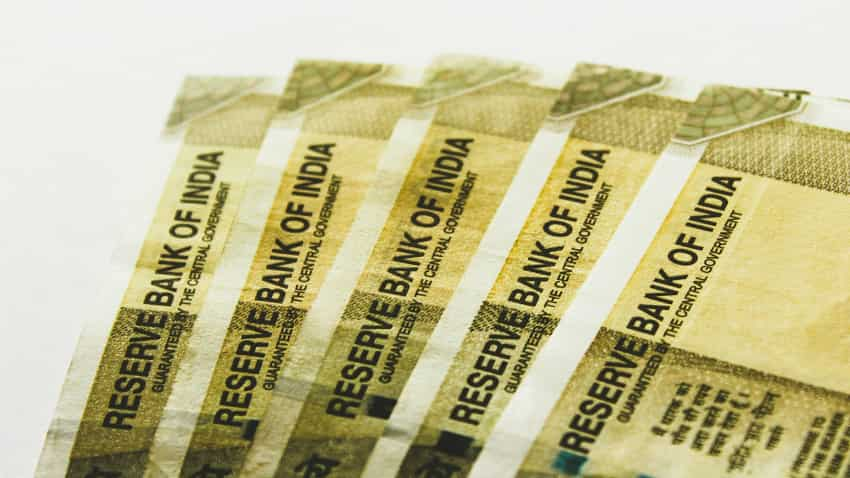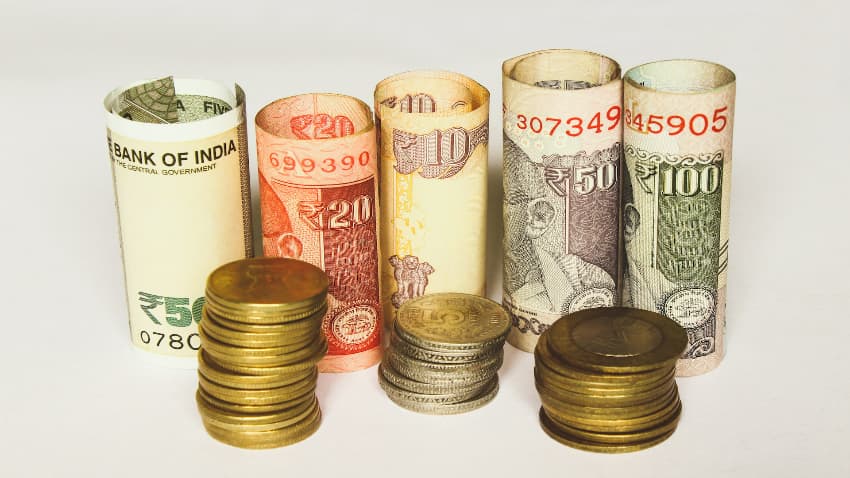SBI FD vs Top Gold ETF Calculator: Which of 2 has given higher return on Rs 2 lakh, Rs 4 lakh and Rs 6 lakh investments in 10 years; see examples
Top Gold ETF vs SBI FD in 10 Years Calculator: LIC MF Gold ETF is the top-performing gold ETF in 10 years with 10.16 per cent annualised returns (CAGR). The interest rate of the 10-year SBI FD in September 2014 was 8.75 per cent.
Top Gold ETF vs SBI FD in 10 Years Calculator: Investors seeking long-term growth on their investments have two investment options: market-linked and non-market-linked. Market-linked is risky since its performance depends on shares, or the commodity it is tracking. Non-market-linked options, on the other hand, provide a fixed interest rate and are less risky. Market-linked investments, however, in the long run can provide stable, high returns. In this write-up, we will pick one market-linked investment—top gold ETF in 10 years—and one non-market-linked investment—SBI 10-year fixed deposit (FD) scheme—and will tell which of the two has given higher returns on Rs 2 lakh, Rs 4 lakh, and Rs 6 lakh investments in 10 years.
Photos: Unsplash/Pixabay
What are gold ETF?
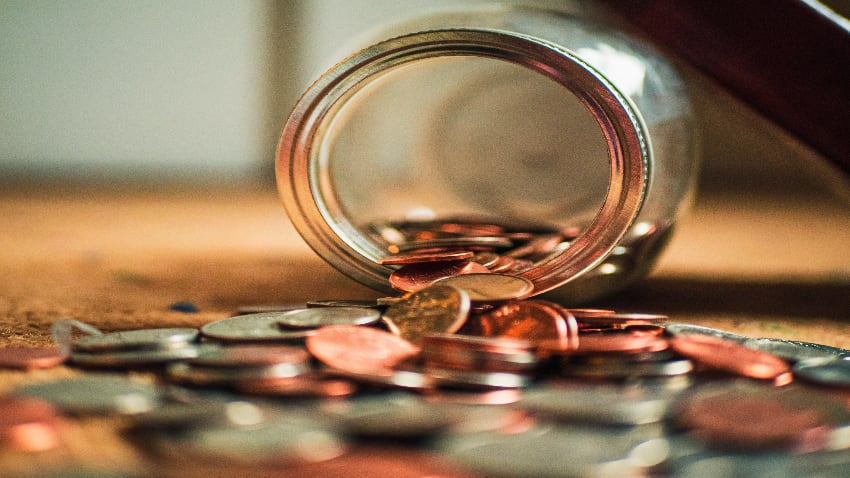
Gold ETFs are exchange traded funds that can be traded on exchanges like any other stock. Gold ETFs are passive investments since they track the price of physical gold of very high purity. Investors who don't want to invest in physical gold but want to take advantage of its price appreciation invest in gold ETFs. Unlike the physical gold price that can vary city to city, the price of gold ETF remains the same across the board. Investors with a long-term horizon invest in gold ETFs. Since it is market-linked, there is no interest, like in case of sovereign gold bonds.
What is fixed deposit (FD) scheme?
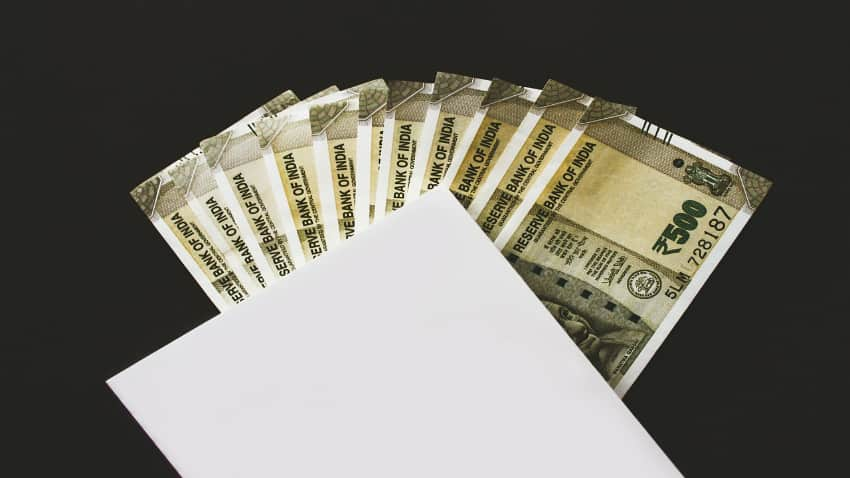
In a fixed deposit scheme, investors make a one-time investment and get return in the form of interest. The FD scheme can be from 7 days to 10-year duration. Interest rates vary from bank to bank in the guaranteed return scheme. Senior citizens get higher interest rates compared to general citizens. Investors get the maturity amount on the completion of their FD, but they can also choose withdrawal mode as monthly, quarterly, half-yearly, or annually. Senior citizens with low-risk appetites opt for long-term FDs.
Best Gold ETF in 10 years
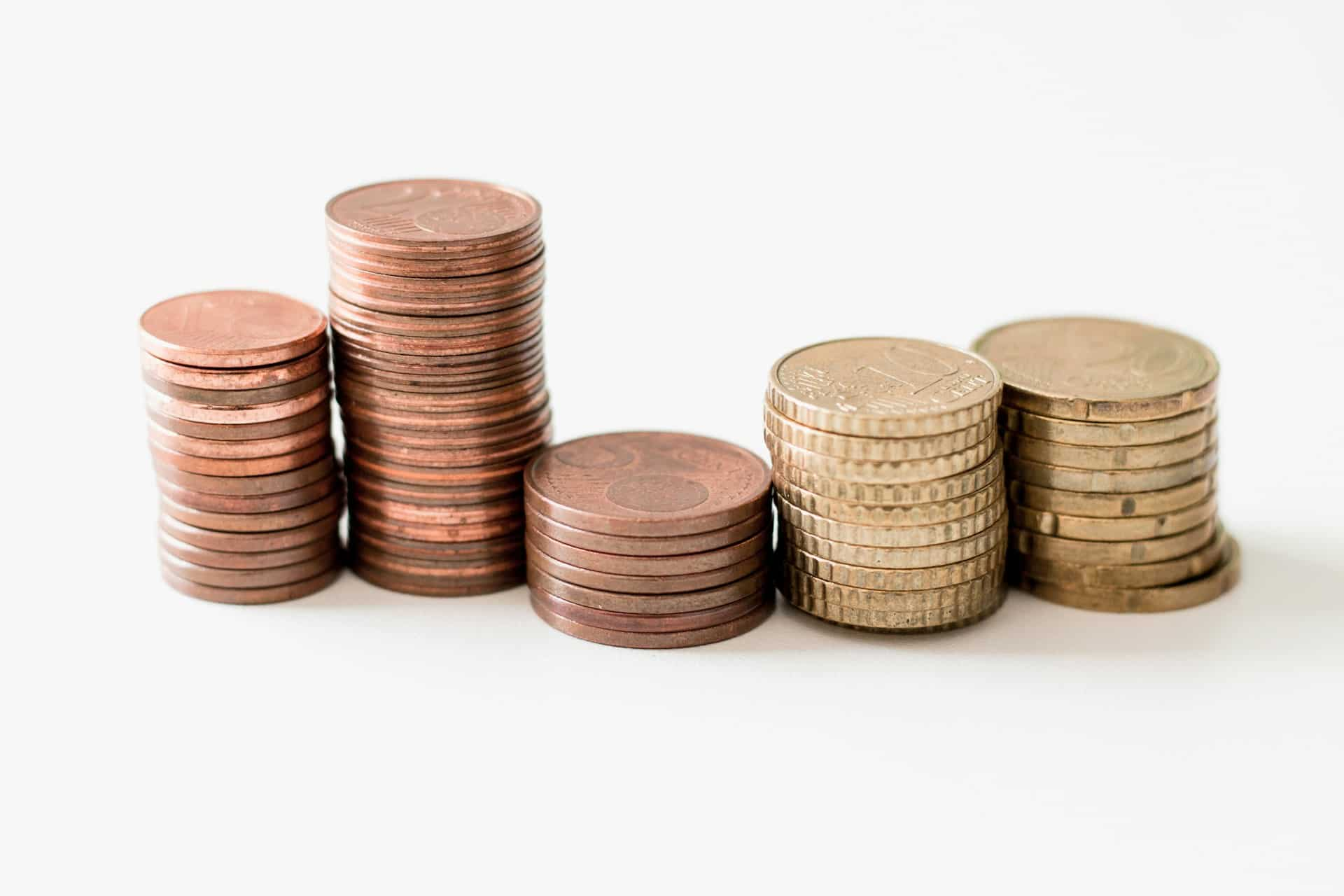
Best Gold ETF in 10 years

SBI 10-year FD
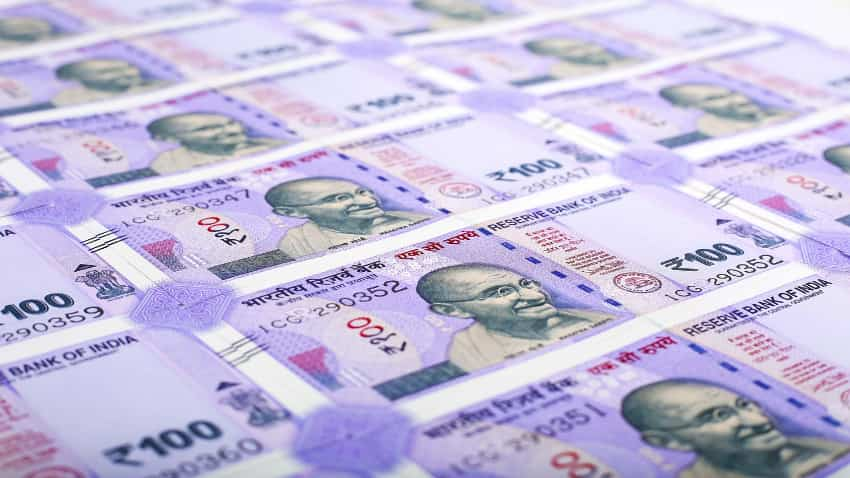
Maturity amount on Rs 2 lakh investment in top ETF in 10 years

Maturity amount on Rs 4 lakh investment in top ETF in 10 years
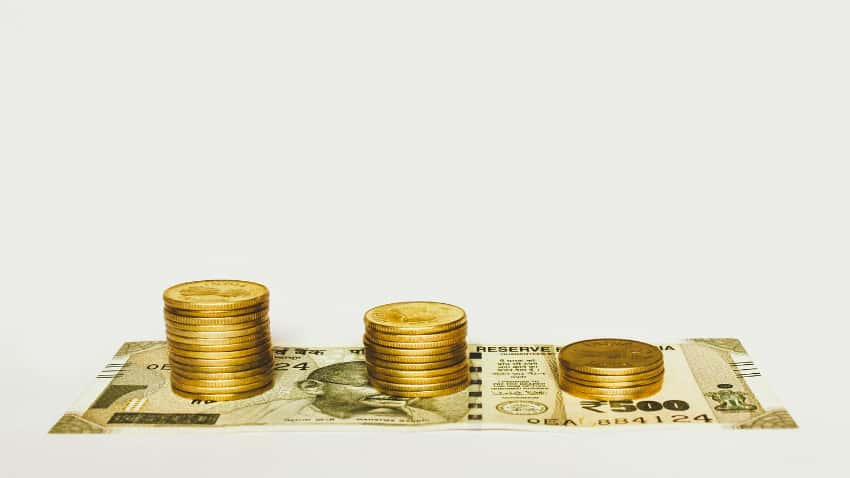
Maturity amount on Rs 6 lakh investment in top ETF in 10 years
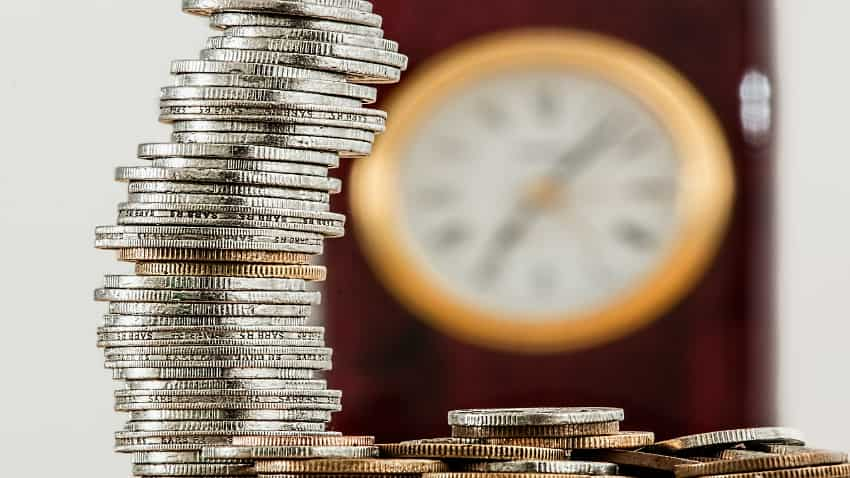
Maturity amount on Rs 2 lakh investment in SBI FD in 10 years

Maturity amount on Rs 4 lakh investment in SBI FD in 10 years
